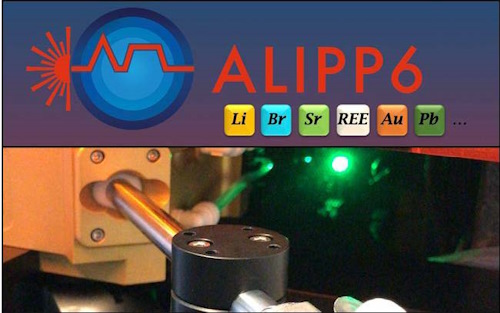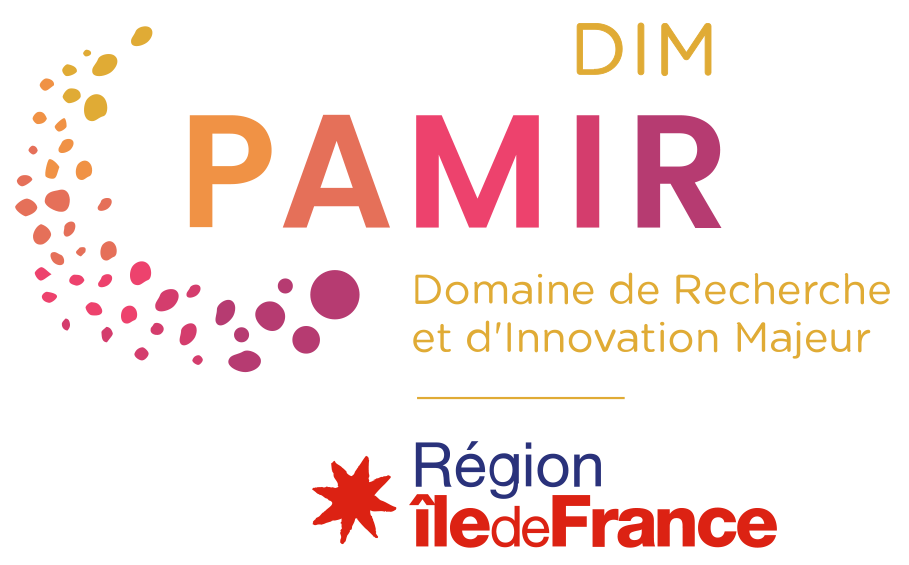
ALLIBS & ICP-MS/MS
Laser Ablation - Laser Induced Breakdown Spectroscopy & Inductively Coupled Plasma Mass Spectrometry and Mass Shift
Scientific responsibility :
- Benoît Caron
- Julie Noël
- Matthieu Lebon
- Martine Gérard
- Mayse Rouelle-Castrec
- Annachiara Bartolini
Methodological axes :
Thematic fields :
Disciplinary sectors :
Funding :
- DIM PAMIR
- ALIPP6 RP 2018-2023 – Sorbonne-Université
- ISTeP UMR 7193 – Sorbonne-Université
- UMR HNHP 7194 – MNHN
- UMR IMPMC 7590 – Sorbonne-Université
- UMR METIS 7619 – Sorbonne-Université
Project ID : IDF-DIM-PAMIR-2023-9-001
Summary :
The ALLIBS & ICP-MS/MS project of geochemical analysis lab ALIPP6 (Sorbonne Université – Paris) is a large-scale project in two phases. ALLIBS & ICP-MS/MS has the dual purpose of 1/ replacing the laser ablation of the ALIPP6 facilities with an innovative model and 2/ providing this analytical lab with two separate mass spectrometry analysis lines: a line dedicated to elemental and isotopic solid in situ analyses and a line dedicated to elemental and isotopic analyses in solution mode. The two modes are not compatible, require important technical efforts and excessively long signal stabilization.
ALIPP6 will therefore be equipped with a pioneering laser ablation coupling two technologies: in situ sample ablation including an excimer laser and LIBS (Laser Induced Breakdown Spectroscopy). This instrument will replace the current laser (out of service and obsolete) and will break down technological limits. The LIBS integrated into the laser is a technological advantage which makes it possible to pass a gap in the discipline. The LIBS technology is used on the SuperCam on-board instrument of Perseverance rover.
The acquisition of a triple quadrupole ICP-MS/MS specific to dry plasma, and therefore to laser ablation, will make it possible to have an analysis line dedicated to small and very small material volume analyses to acquire the geochemical compositions of both elementary and isotopic samples. This couple of instruments LA-LIBS and ICP-MS/MS, the second one in Europe, will be particularly efficient for elements (e.g. Cu, Fe, Ti, As, Ca, Br, Cl…) and isotopes (e.g. Pb, U, Th, Rb Sr, Lu, Hf, Si…) which are very affected by isobaric interference (oxide, double charged, poly-atomics…).
Finally and exceptionally, the LA-LIBS could be connected simultaneously to the two ICP-MS/MS in order to carry out twin analyses in MS/MS mode with the gases of the collision reaction cell on the same volume of sample (world first time).
ALIPP6 will therefore be equipped with a pioneering laser ablation coupling two technologies: in situ sample ablation including an excimer laser and LIBS (Laser Induced Breakdown Spectroscopy). This instrument will replace the current laser (out of service and obsolete) and will break down technological limits. The LIBS integrated into the laser is a technological advantage which makes it possible to pass a gap in the discipline. The LIBS technology is used on the SuperCam on-board instrument of Perseverance rover.
The acquisition of a triple quadrupole ICP-MS/MS specific to dry plasma, and therefore to laser ablation, will make it possible to have an analysis line dedicated to small and very small material volume analyses to acquire the geochemical compositions of both elementary and isotopic samples. This couple of instruments LA-LIBS and ICP-MS/MS, the second one in Europe, will be particularly efficient for elements (e.g. Cu, Fe, Ti, As, Ca, Br, Cl…) and isotopes (e.g. Pb, U, Th, Rb Sr, Lu, Hf, Si…) which are very affected by isobaric interference (oxide, double charged, poly-atomics…).
Finally and exceptionally, the LA-LIBS could be connected simultaneously to the two ICP-MS/MS in order to carry out twin analyses in MS/MS mode with the gases of the collision reaction cell on the same volume of sample (world first time).

